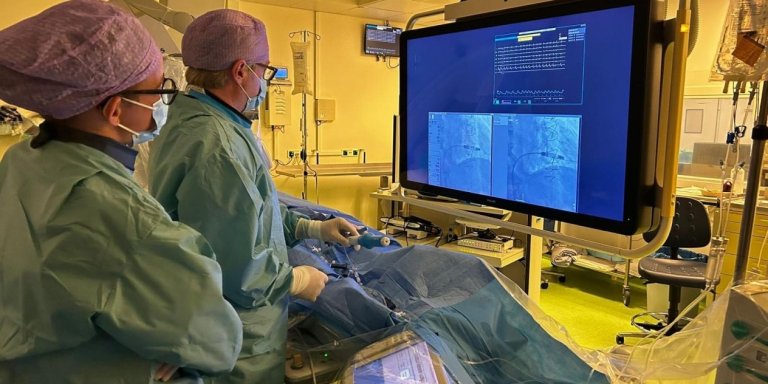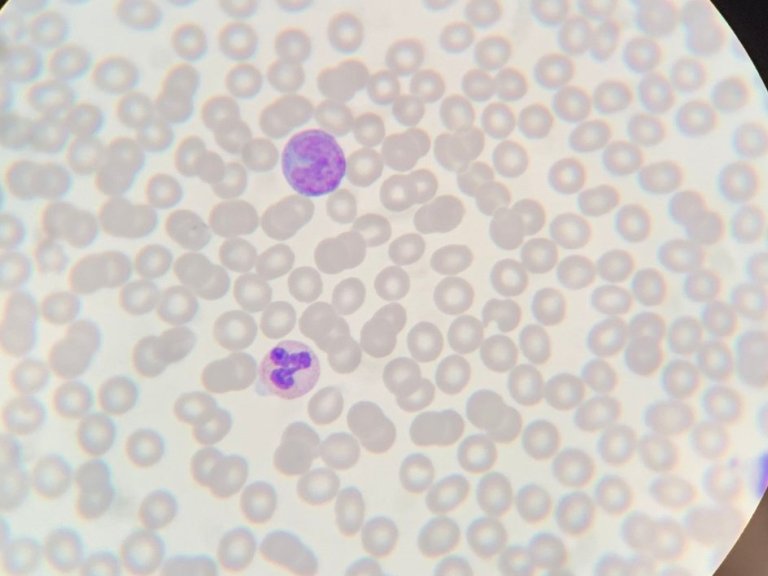"This first in Europe is an important step forward in the care of patients who need a pacemaker. Previously, in a large international study and publication in the New England Journal of Medicine, we showed that the wireless pacemaker could be successfully implanted in more than 97% of patients. Now that the European Union has received CE approval, it is possible to apply this system in daily patient care as well. Hopefully, this will soon make complications that regularly occur with traditional pacemakers a thing of the past. Currently, 1 in 10 patients develop complications due to the wires that run through the bloodstream, for example due to a blockage of blood vessels or a blood infection. The wireless pacemaker is inserted through the groin. So, patients no longer have a scar on their chest," says Knops.
Patient Needs
It is possible to implant only one of the two parts of the dual wireless pacemaker in patients, if only one part is needed. The other part can always be added later if necessary in the long term. This provides flexibility and adaptability to the changing needs of the patient.
"We are delighted with the successful implantation of this advanced technology. The patient is doing well and we see this operation as an important advance in the treatment of many subsequent heart patients," says Olde Nordkamp.
As big as vitamin
Pacemakers have been an essential treatment for patients with a slow heart rhythm for years. Traditional pacemakers consist of a box placed under the collarbone with a wire connected to the heart by a vein. But these threads are fragile and can break, detach from the heart, or become infected. This can lead to patients having to go back to the hospital for another surgery. For this reason, 10 years ago, a mini pacemaker was developed without a box or wires, which is the size of a vitamin pill. Amsterdam UMC has been involved in its application to patients from the beginning and is conducting research into its effectiveness and safety.




